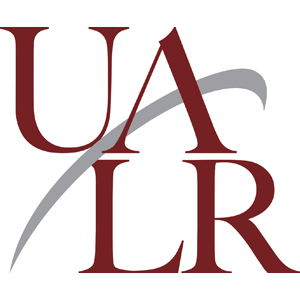UALR Researcher Receives ASTA Grant to Develop Renewable Energy Source
 UALR researcher Allan Thomas has received an Arkansas Science & Technology Authority grant to develop a solar cell material into a stable source of renewable energy.
UALR researcher Allan Thomas has received an Arkansas Science & Technology Authority grant to develop a solar cell material into a stable source of renewable energy.
The grant is for $46,500 and involves Thomas' work with cuprous oxide. ASTA, of course, is one of Innovate Arkansas' strategic partners.
More below from UALR:
Professor receives support for sustainable energy research
Little Rock, Ark. (Dec 10, 2014)--The Arkansas Science and Technology Authority is providing more than $46,500 in grant funding to a University of Arkansas at Little Rock professor of physics who hopes to improve on a solar cell material as a stable source of sustainable energy.Dr. Allan Thomas said the award will support his research into a solar cell material called cuprous oxide (Cu2O), an abundant, nontoxic, stable material that poses many benefits as the country moves toward a sustainable energy future.
Thomas is especially focused on applications regarding atomic layer deposition, a nanotechnology that enables ultra-thin films of solar cell materials such as Cu20 to be deposited in a precisely controlled manner.
“Our research aims to make progress in these areas and improve the stance of Cu2O as a sustainable energy material,” he said.
“The key is to unlock its potential by understanding the fundamental causes of its current limitations for use in technological devices such as solar cells and other electronics.”
Thomas said Cu2O will serve as an excellent platform for a wide variety of research projects, not only for funding purposes, but also for undergraduate and graduate student research, training, and development at UALR.
Cu2O is not a new solar cell material, but the progress on improving efficiencies for Cu2O solar cells has generally been slow, according to Thomas.
Recent improvements have been promising, however, and Cu2O is seeing a bit of a resurgence in the materials research community and is being considered for many new applications even beyond solar cells, he said.
Thomas first became interested in the possibilities of Cu20 as he completed his last year of doctoral work at UALR, when he assisted with the initial setup of the state-of-the art atomic layer deposition system supported by a National Science Foundation grant.
The financial support will help establish Thomas’ research lab and equipment capabilities so he can develop preliminary data and results in an effort to compete for larger federal funding.
